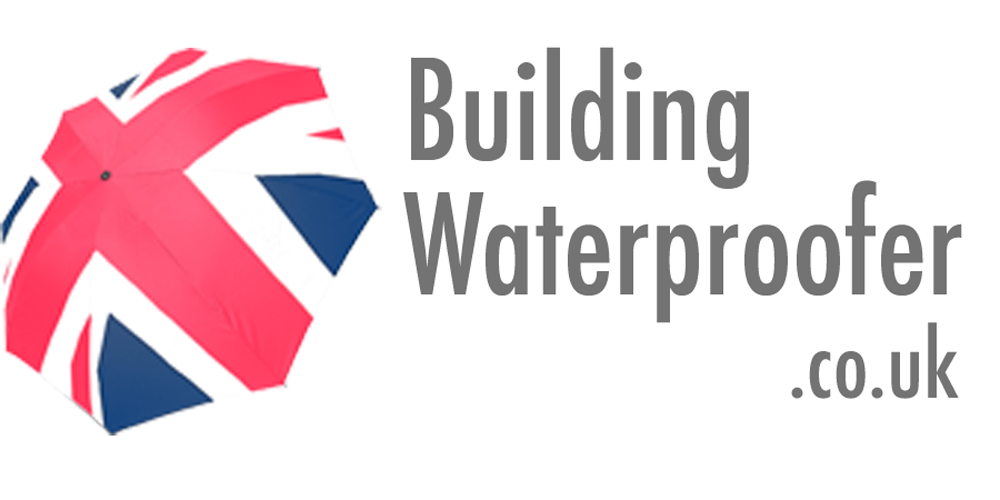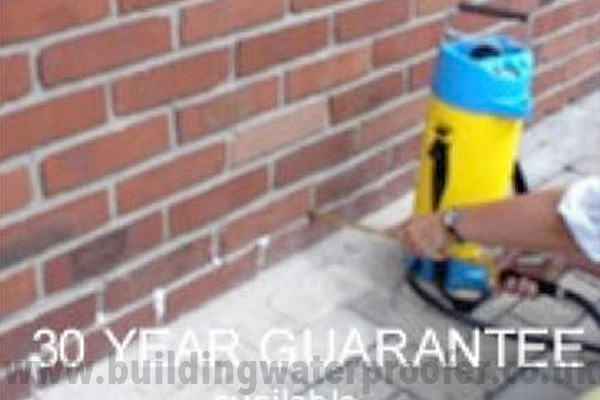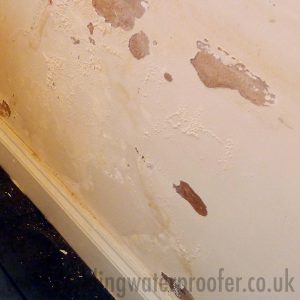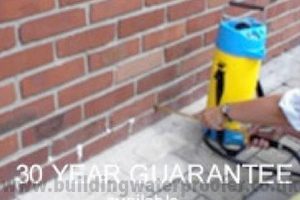Rising Damp
Dealing with Rising Damp problems
Stop rising damp
A house with rising damp is not a pleasant place to live and causes damage to plaster and decor. Rising damp is where moisture moves by capillary action upwards through permeable building materials.
How rising damp might appear:
- Condensation or damp patches on lower walls
- Tide marks and staining on lower walls
- Metal corrosion such as beading
- Decaying timber such as skirting boards.
- Damp smells and odours
- Surface finish damage
- White salt deposits
- Health problems
Rising damp becomes a problem when moisture manages to penetrate vulnerable materials or finishes, particularly in the most used parts of a building. Rising damp moisture dissolves soluble salts from building materials and can also carry soluble salts from its source. If the moisture evaporates through a permeable surface, salts get left behind to form deposits on or within the surface.
Some rising damp produces a flour-like dusting of salt crystals on larger surfaces. Salt deposits forming concentrated thick crystalline deposits appearing like small flowers known as ‘efflorescence’ will appear where evaporation is restricted to localised areas such as defects in the paint finish etc.
Salts will be deposited from the pores of the surface when evaporation is occurring inside the surface material. When the salt crystals expand there may be fractures forming in the material and spalling of the surface. This type of decay is typically seen in porous brickwork or masonry.
So, how can you cure rising damp? It’s a relatively easy problem to fix you’ll be glad to hear. Injecting a chemical damp course to form a waterproof barrier in the masonry. PAM DPC Injection Cream is very easy to use and most DIYers can successfully carry out the work. Just drill holes in the wall and inject it!



